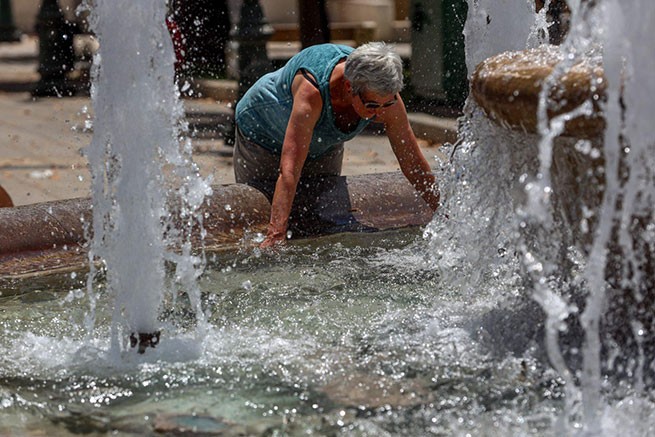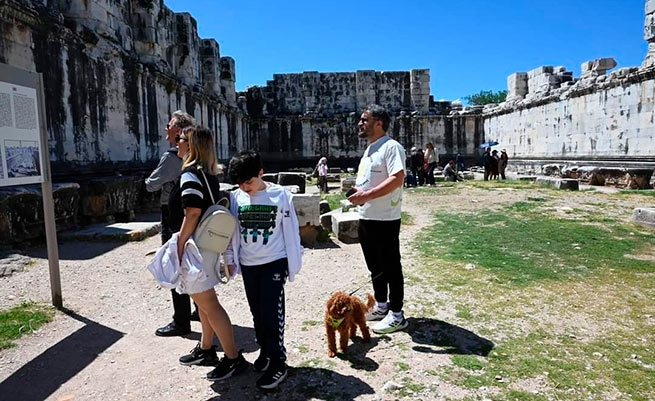The Central Archaeological Council of Greece (KAS) has decided to allow pets to enter more than 120 archaeological sites, albeit under certain conditions.
Previously, entry to archaeological sites was allowed only for dogs accompanying people with disabilities.
The decision was announced by Minister of Culture Lina Mendoni, who said the pilot program is a first but important step to harmonize the accessibility framework for monuments and archaeological sites along the lines of other European countries that already apply rules for the entry of companion animals.” She added that entry is not can be applied to all archaeological sites.
In places with particularly high traffic and specific accessibility, such as the Acropolis of Athens, entry will not be easy for our little friends, as they themselves will be endangered due to the large number of visitors, at the same time they can also cause discomfort to visitors unaccustomed to their presence.
However, in undeveloped areas of thousands of acres, such as Vergina, Delos, Ancient Messina, Mycenae, Philippi, the dog is supervised, on a leash, with a health book and in compliance with the conditions established by the KAS, and can accompany his companion during the tour. The same can be done in the case of a large companion animal, provided that the owner agrees to wear a muzzle.
Archaeological sites where pets are not allowed
Central Archaeological Council does not allow pets to archaeological sites with high attendance, such as the Acropolis, Knossos and Phaistos, Ancient Olympia, Delphi, the Ancient Theater of Argolis, Pythagorion on Samos. The authorities plan to install enclosures at the entrance to keep pets while their companions take in the sights. In more than 110 places at the entrance, cages will be installed in which animals can stay until their companions make a tour.
Pets will not be allowed inside monuments, theaters, temples, vaulted tombs, mosaic floors of monuments. It will be allowed, for example, in the Ancient and Roman Agora in Athens, in the ancient city of Dodona in northwestern Greece, in Amphipolis in northern Greece, in the castle of Acrocorinth and in the sanctuary of Asclepius in Epidaurus.
Conditions for entering the territory of archaeological sites
It is necessary that the accompanying persons are equipped with a leash up to 1 m long or that the animals are transported on the hands of the owner (carrier) or in a transport cage. In addition, at the entrance they will be asked to present the sanitary book of the animal. Accompanying persons are obliged to take with them the items necessary for the immediate cleaning of the surrounding area from animal excrement.
Visitors are advised to contact their local tourism authorities for information on visiting specific sites with pets.







More Stories
Six Greek high school students win medals at International Mathematical Olympiad
Olympic Games: Greek Delegation Athletes Head to Paris
Big "police purge" on Athos